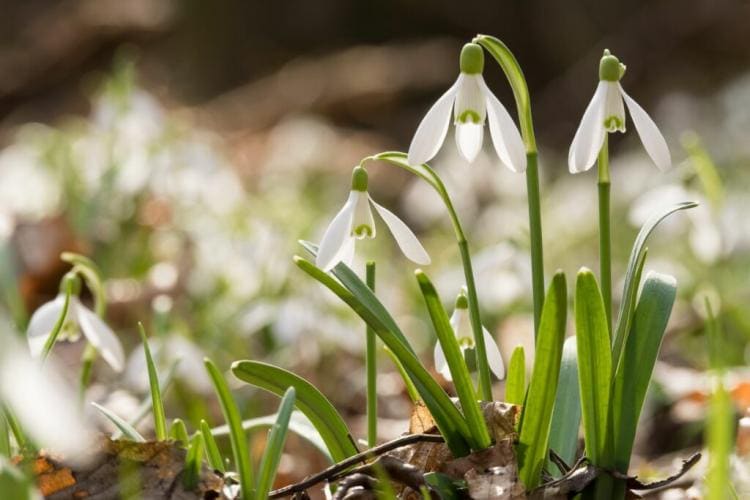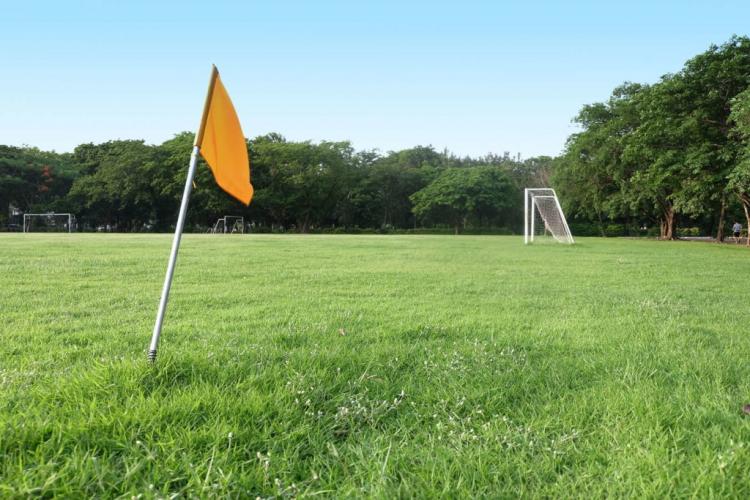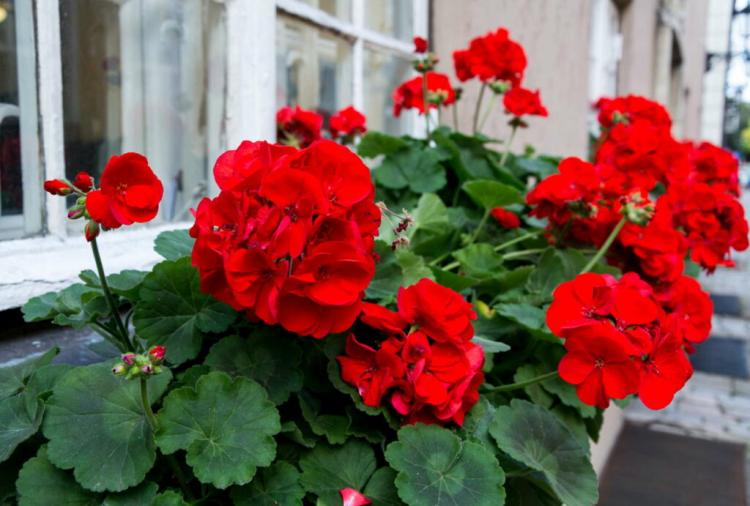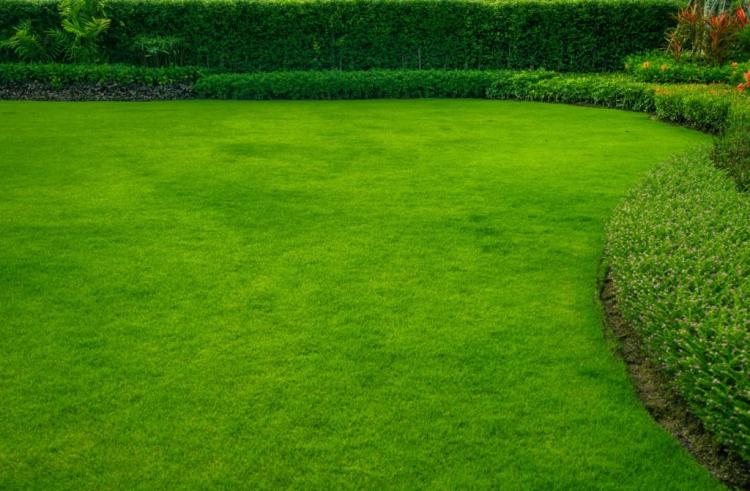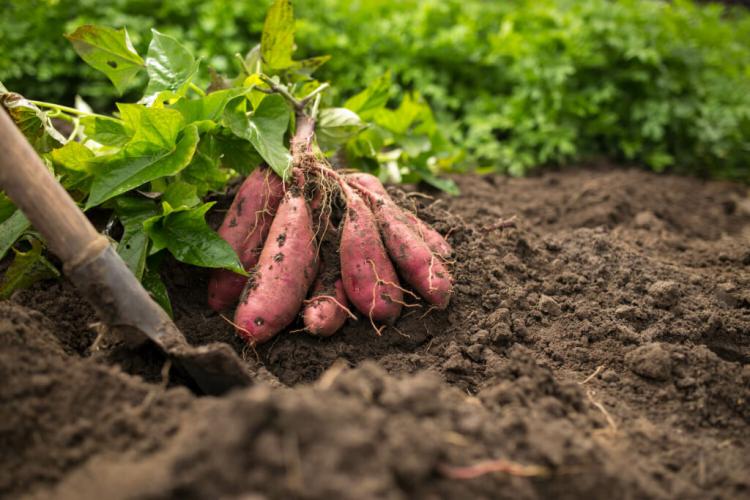Dill: harvest, store and use
The dill ( Anethum graveolens ) has a long history as a spice. We show how it can be stored and used after the harvest.
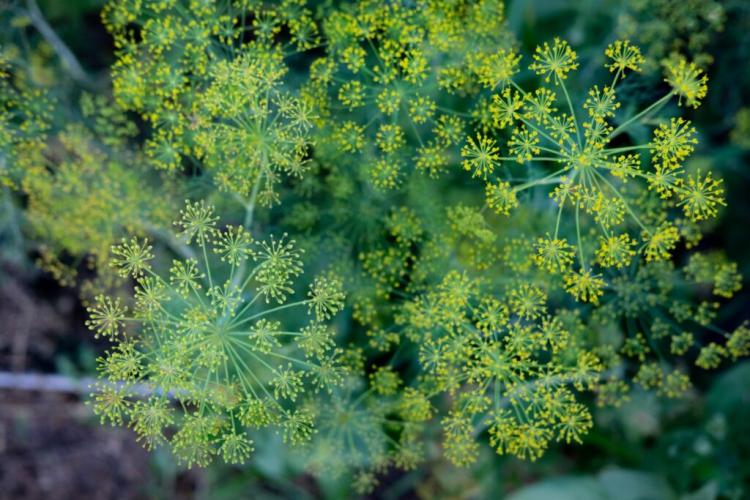
The umbels of the dill are also edible [Photo: amarievikka / Shutterstock.com]
Dill: Harvest properly
The greatest interest in dill is in its young shoot tips. These can be continuously harvested in the entire culture until flowering (May-October). Due to the blossom, which appears depending on the sowing date, the cucumber herb noticeably loses its aroma intensity.
The shoot tips are simply cut off with a length of about 15 cm. From a height of around 30 cm, you can consider harvesting the entire plant before it sets flowers. Since dill needs a maximum of nine weeks to bloom, it should be sown several times at intervals of about four weeks. This ensures a constant supply of fresh, flavorful dill. You can also just let the cucumber herb bloom and use the inflorescences or seeds.
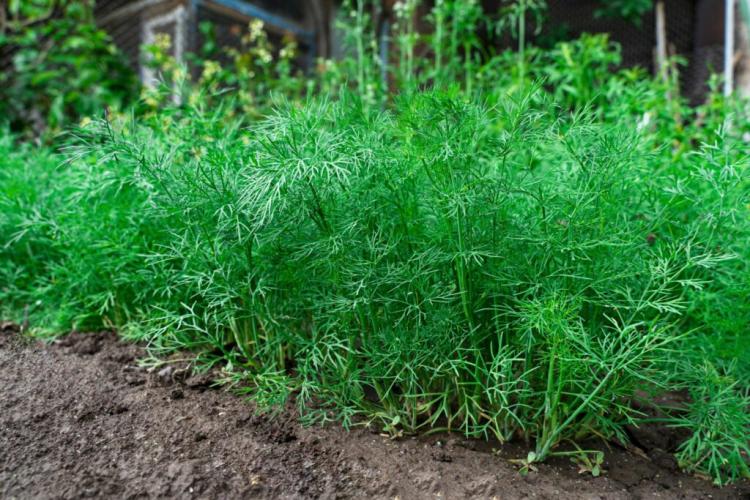
The scent of dill spreads all over the garden [Photo: Gulnara Mandrykina / Shutterstock.com]
Dill: Store properly
The freshly harvested use of course always delivers the best and most intense taste experience. But there are also ways to keep dill relatively long-lasting and usable for a longer time without losing a great deal of aroma. If stored around freezing point with relatively high humidity, the cucumber herb can be used three more weeks after harvest. You can also freeze the fresh shoot tips immediately after harvesting and come back to them as needed. As with almost all herbs, the harvested shoots can also be dried. Air-dried under low light exposure, the herb loses little of its aroma and can be used for seasoning with the same intensity for up to a year.
Use of the dill
Dill is ideal for refining any fish dishes. It is just as suitable for meat dishes as it is in various sauces and dressings. Dill seems to be an all-rounder in the kitchen. And real pickles without dill would just be a bad imitation of the traditional original. Incidentally, the inflorescences can also be used to season the pickled cucumbers. A tea made from the tips of the dill shoots provides relief for stomach and digestive problems. Oil can be obtained from the edible seeds by distillation. It is also possible to soak the seeds in water – so you would have made a dill water. Both dill oil and water are two old home remedies for various ailments that Paracelsus, among others, swore by in the late Middle Ages.
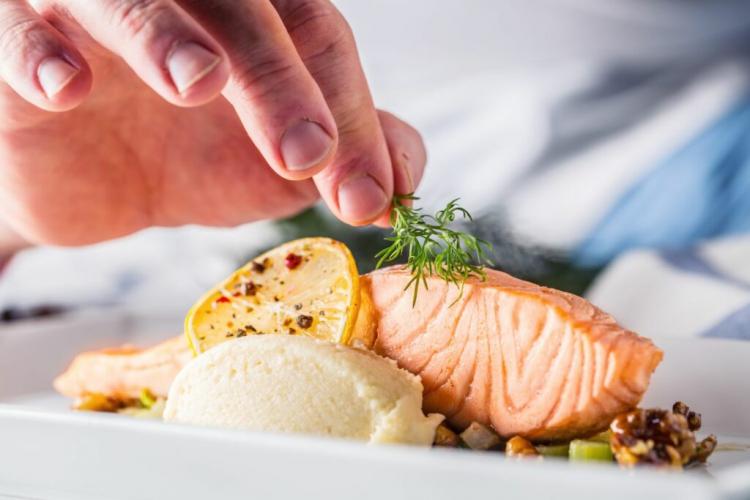
Dill goes well with fish, especially salmon [Photo: Marian Weyo / Shutterstock.com]
Did you know that not all herbs get along well with each other? In our overview you will find out which herbs go together – and which don't.

